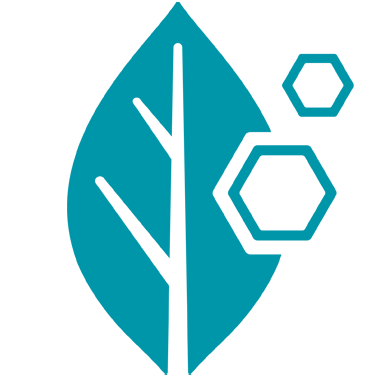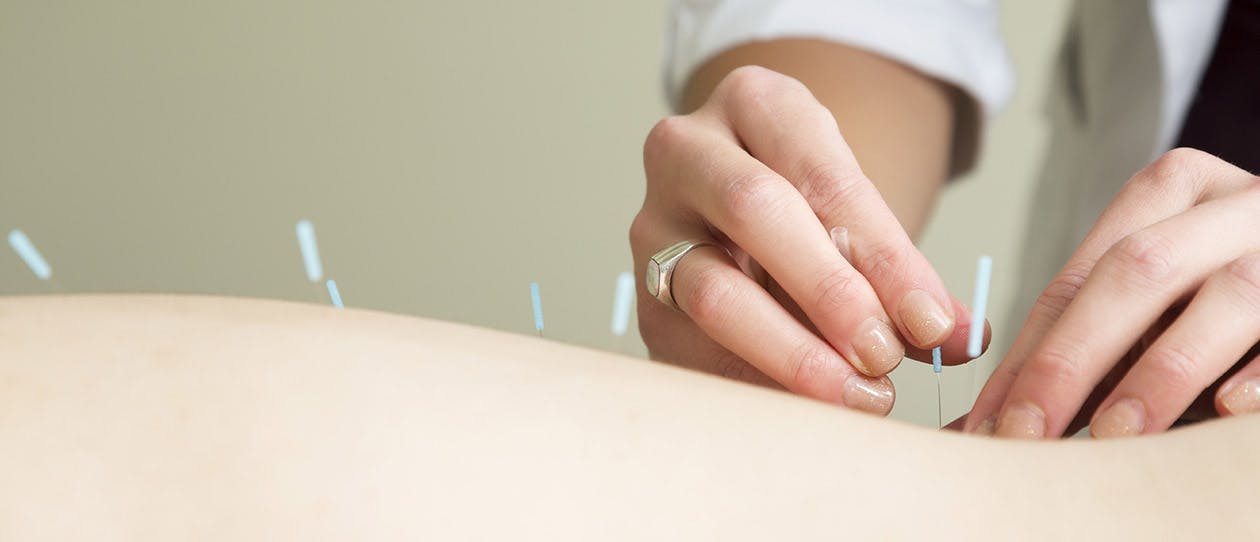
- Health hub/
- Tips & Advice on Cold, Flu & Boosting Immunity/
- Natural relief from shingles


Shingles occur when the varicella zoster virus that lies dormant in a nerve root ganglion (a collection of nerve cell bodies) is reactivated following chickenpox earlier. This reactivation is more often triggered at times of lowered immunity and is more common as we get older.
With an attack of shingles the first symptom felt is usually pain in the distribution of the affected nerve root. This is followed by a rash and blisters on the skin of the affected area.
While the pain often subsides once the eruptions on the skin have faded, some suffers can experience postherpetic pain (pain persisting for longer than one month) long after an acute shingles attack.
Immune support for shingles sufferers
Lowered immunity is one the main risks for an acute shingles attack and so immune support with herbal medicines and nutrients is vital in shingles prevention.
- Echinacea – may help to boost immune function
- Olive leaf – may help to support immunity and has antioxidant properties.
- Zinc & Vitamin D – zinc is necessary for healthy immune function and optimal vitamin D levels help support normal immune function.
Pain relief from shingles
The pain experienced as a result of shingles can range from mild to severe, and many people find it very distressing.
Shingles causes neuralgic pain which is a sharp stabbing, shooting type of pain. Herbal remedies traditionally used to help with shingles pain include:
- St John’s wort
- Passionflower
- Oats
Topical soothers with aromatherapy
Applying essential oils topically may help to provide pain relief and help the healing process of the affected areas of the skin.
One of the best oils to use is bergamot. Bergamot has antiviral and antiseptic properties and combines well with tea tree oil and lavender against shingles. Lavender and German chamomile in a base of St John’s wort-infused oil may provide relief from postherpetic pain.
Postherpetic pain relief
Postherpetic neuralgia is pain that occurs more than a month after the initial attack of shingles. It is not uncommon for shingles suffers to experience this pain, with the risk increasing with age.
Acupuncture has a long traditional use for the management of pain relief and has been shown to be of some benefit in postherpetic neuralgia.
References available on request



